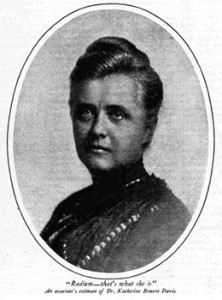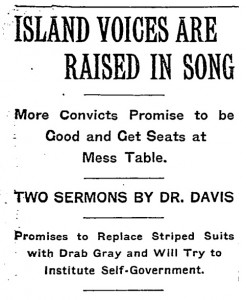Tired of wading through textbooks and research materials as finals and end-of-term projects draw nearer and nearer? Take a break – and celebrate National Library Week (April 14-20) by checking out a book from the library’s Browsing collection. Located in the lobby alcove opposite the circulation desk, the browsing shelves house a carefully curated collection of new and notable publications, including award-winners and titles on the NYT bestseller list. From poetry and fiction to graphic novels and non-fiction, there’s something for everyone, and new titles are added regularly. Because of high demand, the loan period for browsing books is 3 weeks (no renewals). Vassar College librarians recommend the following:
 Patchett, Ann. State of Wonder. New York: Harper, 2011 PS3566 A7756 S76 2011
Patchett, Ann. State of Wonder. New York: Harper, 2011 PS3566 A7756 S76 2011
Mildly fantastical novel, where a childless pharmaceutical scientist goes deep into the Amazonian wilderness to search for a mysterious drug researcher. Patchett ties fertility issues, child bearing, woman doctors, the ethics of pharmaceutical production, use of the environment and some bird watching into her fast paced adventure story.
![]() Carey, Peter. Chemistry of Tears. New York: AlfredA. Knopf, 2012 PR9619.3 C36 C44 2012
Carey, Peter. Chemistry of Tears. New York: AlfredA. Knopf, 2012 PR9619.3 C36 C44 2012
An emotionally devastated clock expert avoids facing her grief by focusing on her most recent assignment of restoring a 19th century toy automaton (shades of “The Invention of Hugo Caberet”), which requires the reading of diaries from the original 1850s owner in the Black Forest and working with a curious intern.
Wilson, Kevin. The Family Fang. New York: Ecco, 2012 PS3623 I58546 F36 2012
Camille and Caleb Fang are performance artists bent on chaos. Unfortunately for their children, Annie and Buster, they see their art as a family affair. The Family Fang is a fabulous combination of humor, family drama, and suspense. It’s unforgettable and fresh, and you’ll find it nearly impossible to put down.
![]() Meek, James. The Heart Broke In. New York: Farrar, Straus and Giroux, 2012 PR6063 E345 G43 2012
Meek, James. The Heart Broke In. New York: Farrar, Straus and Giroux, 2012 PR6063 E345 G43 2012
Personal definitions of morality and ethics characterize the plot line for each actor in this novel. Through themes of celebrity, power and science, the characters’ family and work lives weave together in an intimate and intricate tale of decision making and consequences.
![]() Sotomayor, Sonia. My Beloved World. New York: Knopf, 2013 KF8745 S67 A3 2013
Sotomayor, Sonia. My Beloved World. New York: Knopf, 2013 KF8745 S67 A3 2013
A chronicle of Sotomayor’s life from childhood to her first judgeship. Nicknamed Ají (“hot pepper”) for her impulsive spirit, she was a child who, due to tumultuous life events, in many ways had to learn to parent herself. However, she also drew strength and confidence from her large, complicated, Bronx and Puerto Rico-based family.





